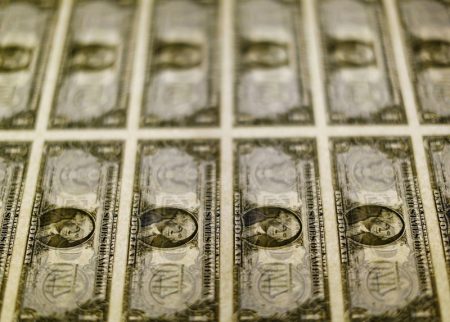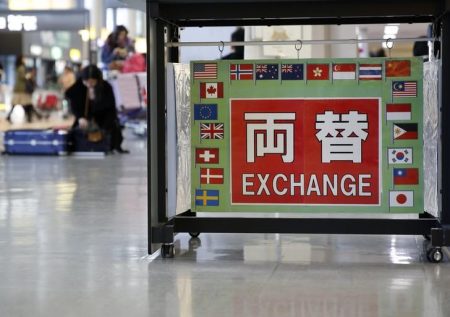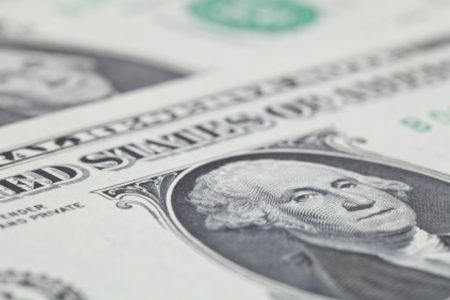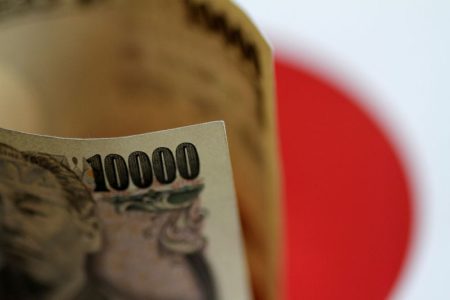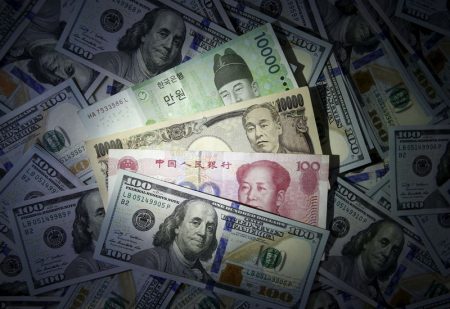By Ankur Banerjee and Joice Alves
SINGAPORE/LONDON (Reuters) – The Australian dollar slipped on Tuesday after the Reserve Bank of Australia left cash rates unchanged, while the yen fell to a three-week low as the Bank of Japan’s steps last week to tweak its yield curve control (YCC) policy continued to weigh on the currency.
The Australian dollar was set for its sharpest daily drop in one month after Australia’s central bank on Tuesday held interest rates at 4.1% for a second month, saying past increases were working to cool demand, but warned some more tightening might be needed to curb inflation.
The fell 1.1% to $0.6648, wiping out the 0.87% gains it clocked in July.
Matt Simpson, senior analyst at City Index, said the Aussie move suggested not everyone was positioned for the RBA’s hold, noting that weaker-than-expected data from China also weighed on the risk-sensitive currency.
“I think it was right that the RBA held today, given trimmed mean inflation and unemployment matched the RBA’s forecasts. And it may have sent a confusing message had they hiked following softer inflation and retail trade data.”
The yen last fetched 142.71, down 0.3%, after earlier slipping to 142.84 per dollar, its lowest in three weeks.
The Asian currency has been on a wild ride since Friday, when the BOJ took another step toward a slow shift away from decades of massive monetary stimulus, saying it would offer to buy 10-year Japanese government bonds at 1.0% in fixed-rate operations, instead of the previous rate of 0.5%.
“Markets could test just how ‘flexible’ the BOJ will be in the months ahead,” said Carlos Casanova, senior Asia economist at UBP in Hong Kong, adding the subtle changes suggested the BOJ may be gearing up to changing the YCC target in 2023.
Meanwhile, private surveys showed on Tuesday that Asia’s factory activity shrank in July, as the region’s fragile recovery takes a hit from slowing global growth and weakness in China’s economy.
China’s Caixin/S&P Global manufacturing purchasing managers’ index (PMI) fell to 49.2 in July from 50.5 in June, missing analysts’ forecasts of 50.3 and marking the first decline in activity since April.
The spot yuan opened at 7.1550 per dollar and was last changing hands at 7.1660, 0.3% weaker on the day. [CNY/]
In Europe, sterling fell 0.1% to $1.2822, having gained 1.1% in July. The Bank of England’s policy meeting on Thursday is in the spotlight, with markets evenly divided between a 25- and 50-basis-point increase.
The euro eased 0.16% to $1.0979, not to far from an almost three-week low touched on Friday.
Against a basket of currencies, the dollar rose 0.2% to 102.14, a three-week peak.
On Monday, Federal Reserve survey data showed U.S. banks reported tighter credit standards and weaker loan demand from both businesses and consumers during the second quarter.
The Fed’s quarterly Senior Loan Officer Opinion Survey, or SLOOS, also showed that banks expect to further tighten standards over the rest of 2023, adding to further evidence that rising interest rates are having an impact on the economy.
Read the full article here

